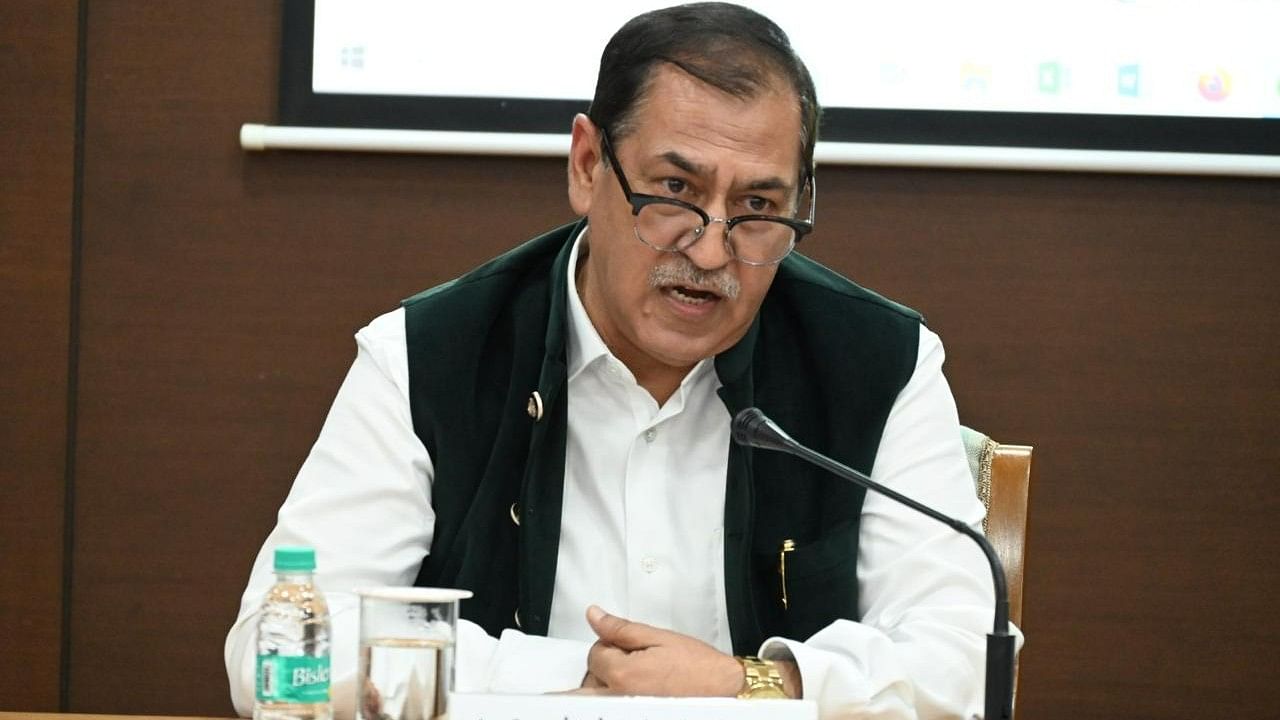
Lt Gen Rakesh Sharma (retd.)
Credit: Special Arrangement
China’s transgressions over a large frontage along its Line of Actual Control with India in eastern Ladakh in May 2020 demonstrated a premeditated and well-planned use of hard power. It ultimately led to the tragic incident in Galwan on June 15, 2020.
The Chinese PLA had also surreptitiously moved major military formations as backup in the proximity to deter escalation. In doing so, China deliberately violated all protocols and jettisoned all confidence building measures and India had to respond with matching force-levels along the entire length of the disputed boundary.
The continued discussions between the military commanders and diplomats of the two sides resolved most of the issues over the past four-and-a-half years.
But the LAC was a changed character, with differing buffers and moratoriums on patrolling, which were mutually agreed upon, turning it into a kind of Belt of Actual Control. China’s push for patrolling moratoriums along the LAC in eastern Ladakh obviated the regular fisticuffs and scuffles, although serious tensions remained on the border specifically, and politically generally.
The recent end of the politico-diplomatic impasse between India and China is an immensely positive development, which must be welcomed. It led to a meeting between Prime Minister Narendra Modi and President Xi Jinping on the sidelines of the BRICS Summit at Kazan in Russia. The official statements indicate that the latest agreement marked completion of disengagement, return to status of 2020 and commencement of patrolling in Depsang and Demchok.
While the details of the agreement have not yet been made public, certain pointers are evident. One, the disengagement refers to only two legacy areas of Depsang Bulge and Demchok Nalla (rivulet). The agreement could imply creation of newer buffer zones, there by separating the two forces in Depsang and Demchok Nalla, disallowing any likelihood of physical contestation. Two, the agreements on buffer zones arrived in the last four years, will continue to stand. The forces deployed on both sides of the buffer zones will have to remain and continue to vigil to avoid any breach.
Three, commencement of patrolling has to be a critical issue that would require further negotiations. In case the Chinese PLA allows the Indian Army to patrol up to Patrolling Points 9 to 13 on the Depsang plateau, it will be a substantive gain, consistent with our claim of Aksai Chin. However, the execution will mandate traversing through the prospective buffer of Bottleneck-Y Junction near Depsang Bulge. The PLA has also created military establishments enroute, which may pose problems. Inevitably, the PLA will seek to send their patrols to their claimed areas like the ITBP’s Burtse Post, again requiring fine management. Similarly, the depth to which patrolling may ensue in Demchok nalla, will have to be noted.
Four, the issue of prevalent mistrust must be addressed. Indeed, the extensive CBMs arrived at between 1993 and 2013 had not been adequate to prevent many fisticuffs, scuffles or long-drawn stand-offs even prior to 2020. Building confidence on newer measures will not be easy, and tensions on the ground may remain. Having been bitten seriously, New Delhi must not trust Beijing and should tread with caution and vigilance.
Five, de-escalation of the PLA forces to their pre-2020 garrisons remain a far cry, with the state-of-the-art infrastructure including habitat created in South Xinjiang and Tibet. China has also not reformulated its strident approach of linking sovereignty with the accomplishment of “China dream,” and its belief that it “cannot lose even one inch of the territory left behind by ancestors.” The armed forces of India advisably ought to retain their posture, as build-up on own side is a Herculean effort. Though this will entail continual stretch, there cannot be relent on these matters.
Now that mechanisms for political dialogue will be rejuvenated, India may ask China to clarify its own perception on the delineation of the LAC. While Indian PPs are well known, the Chinese perception of the LAC is yet based on nebulous perceptions arrived at through decades of patrolling fracas.
The recent major breakthrough is very encouraging and should extend to economy and trade. The larger boundary question with China remains unresolved and hence being cautious will be advantageous for India.
(The writer commanded the Ladakh Corps of the Indian Army and is currently a Distinguished Fellow at Vivekananda International Foundation.)